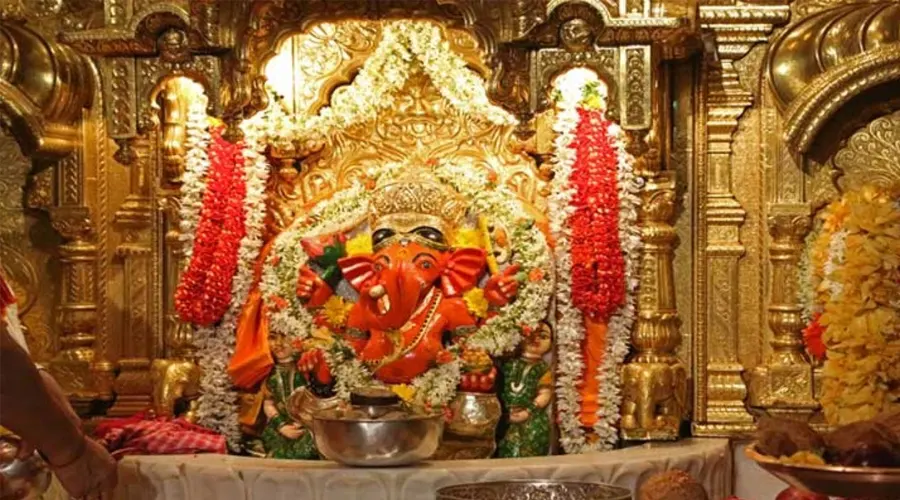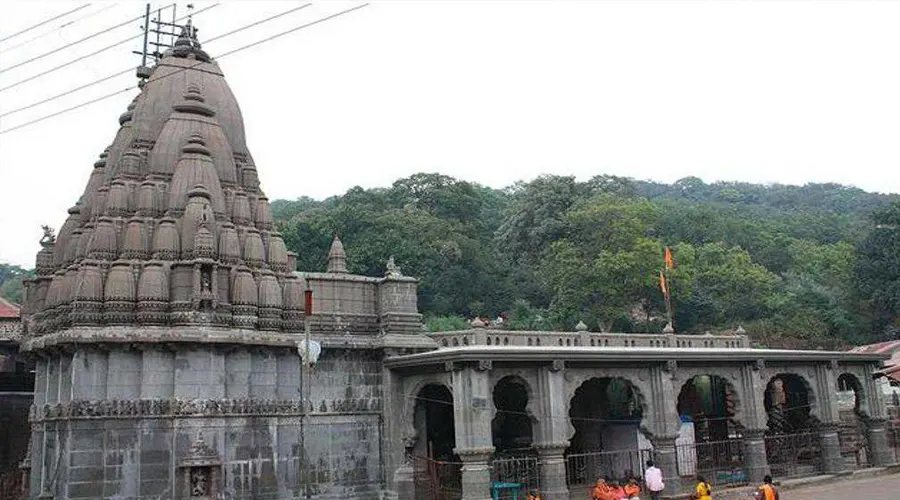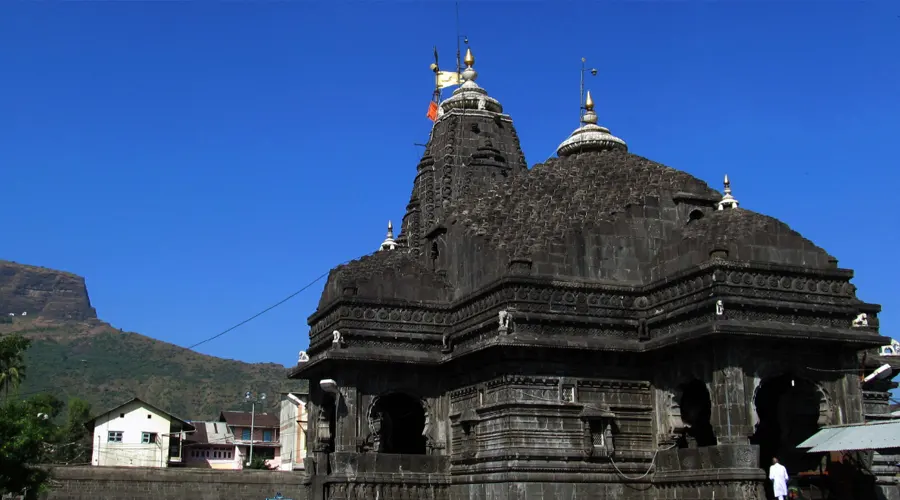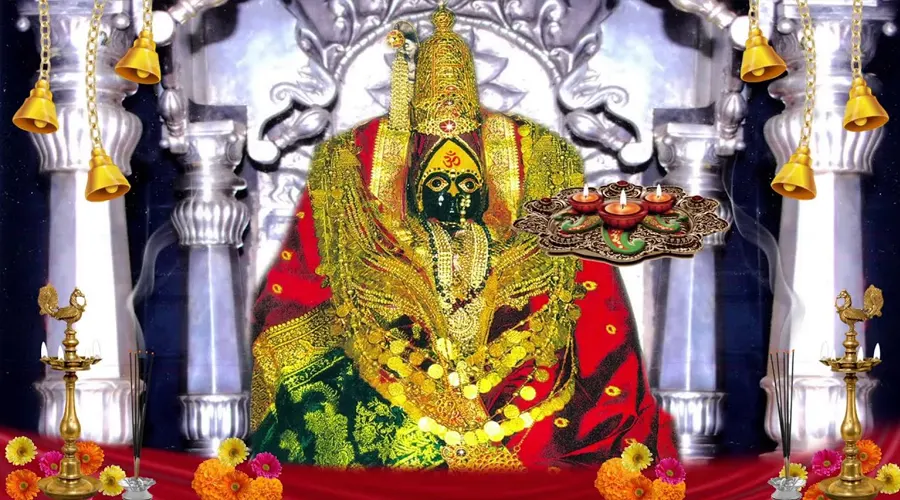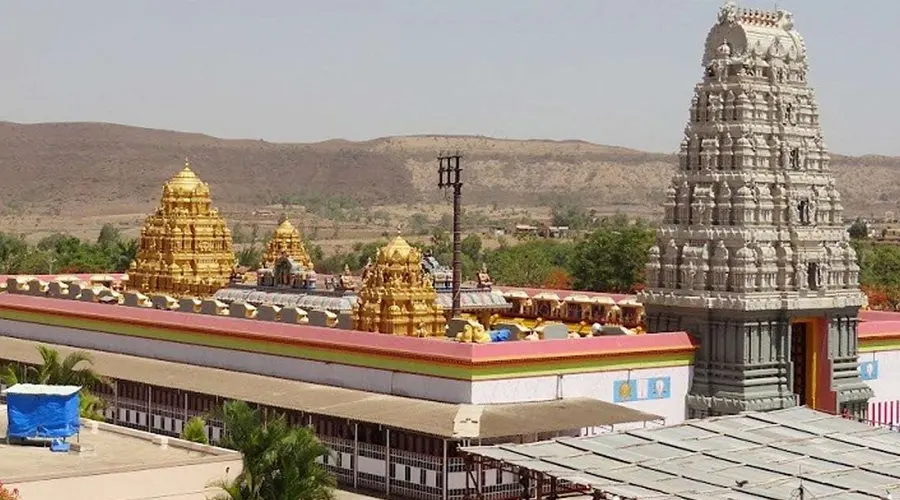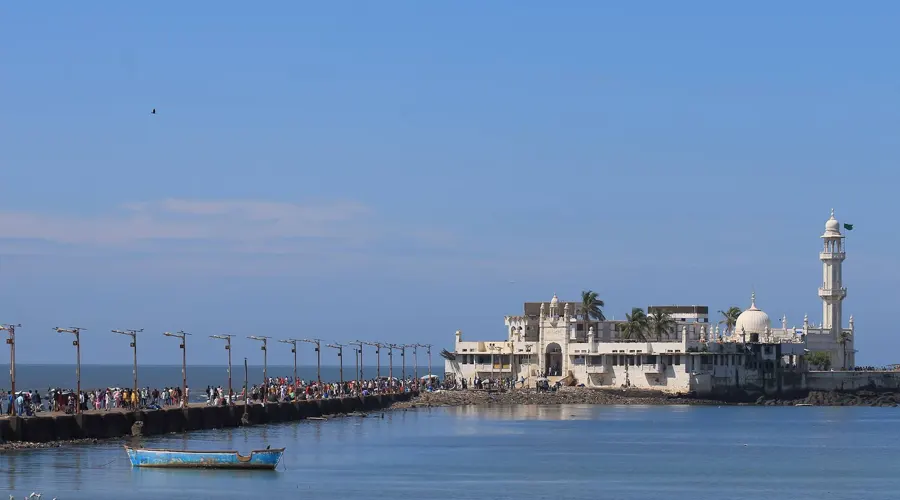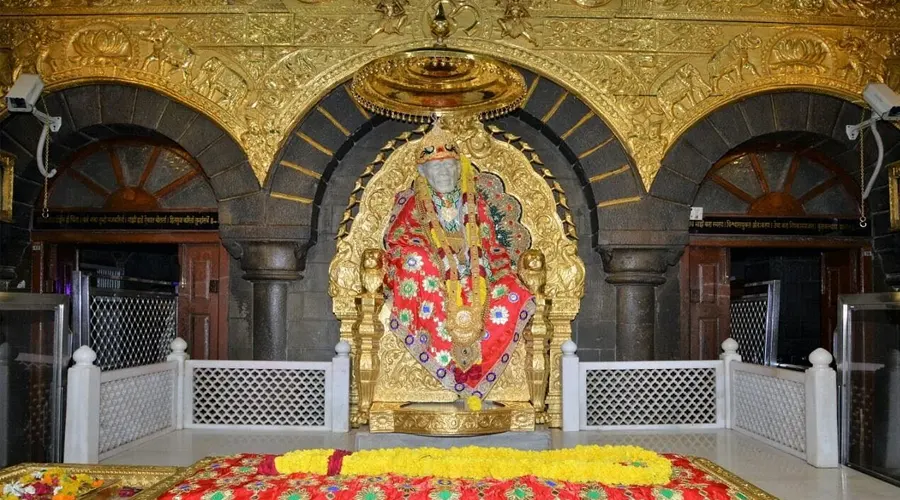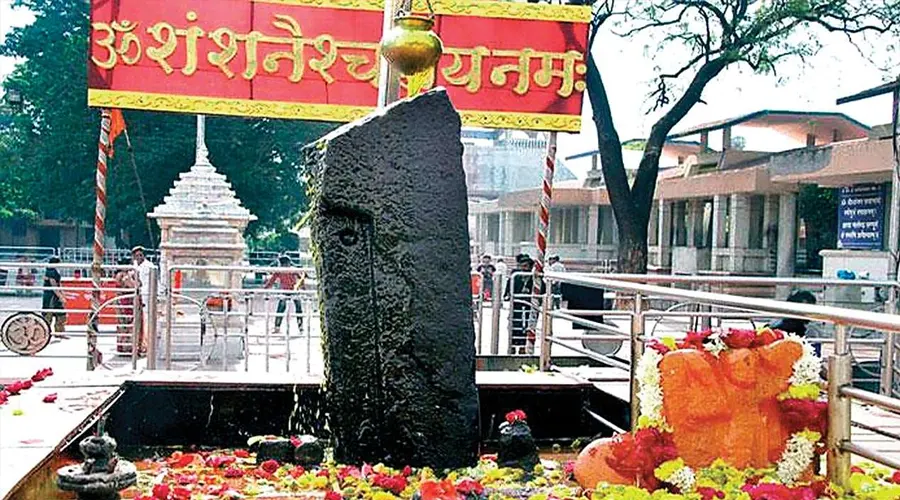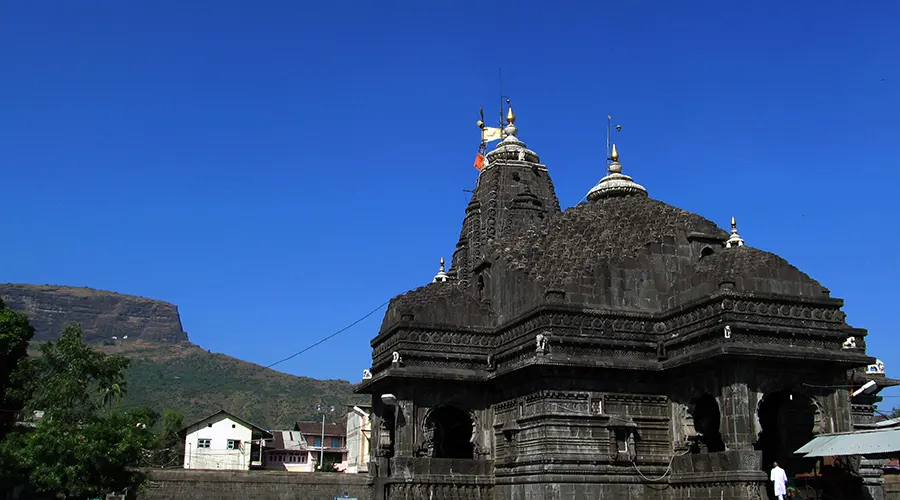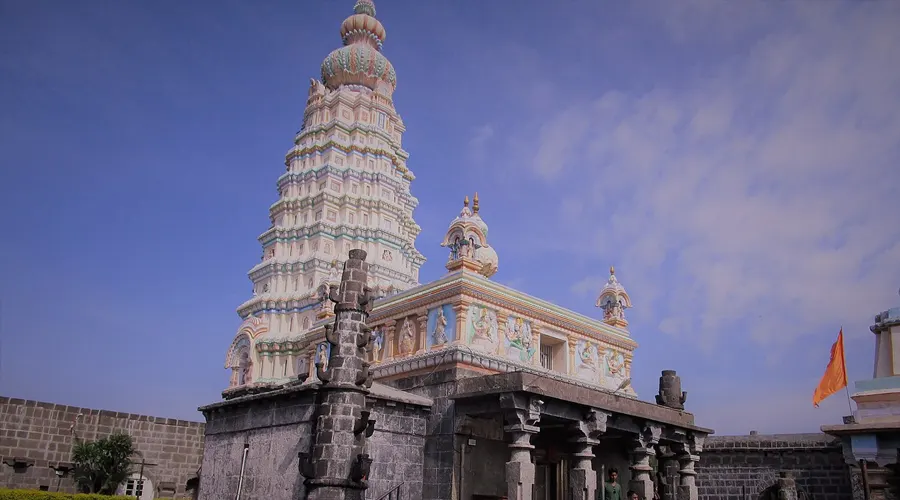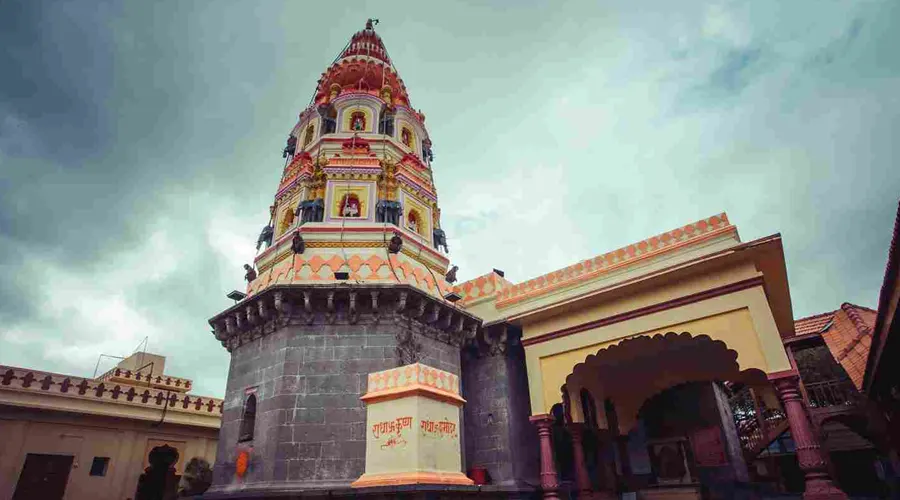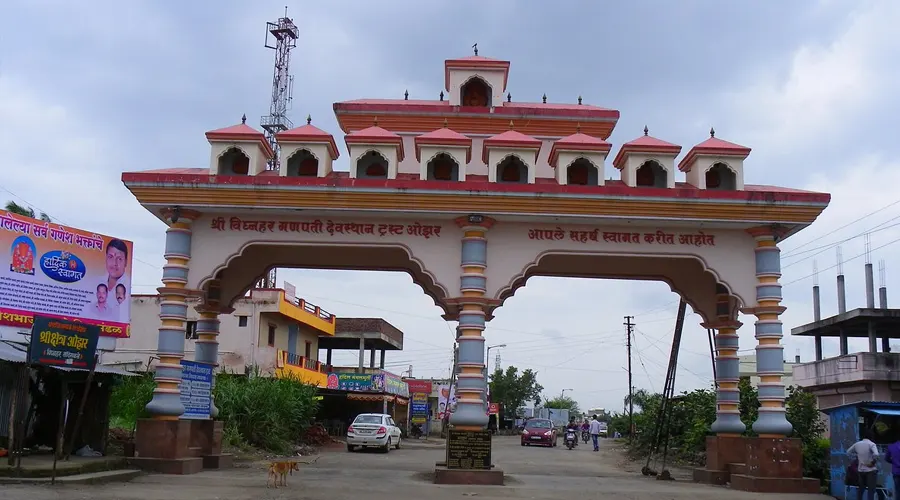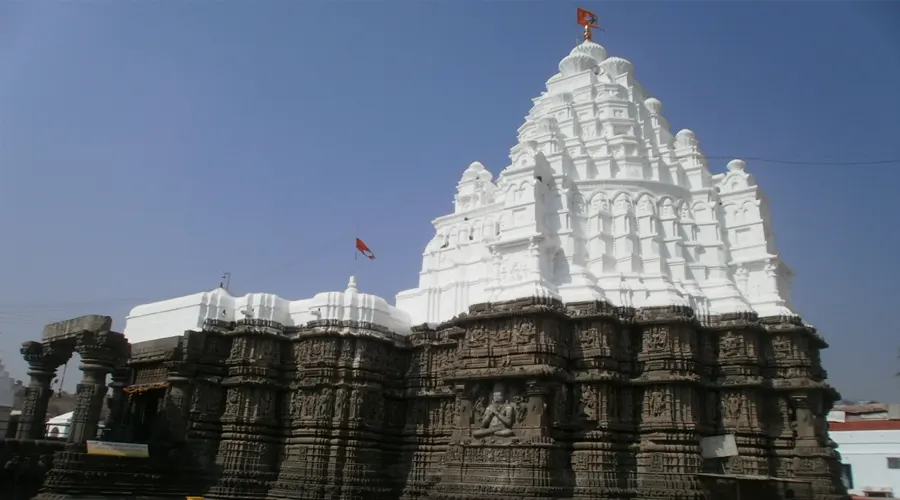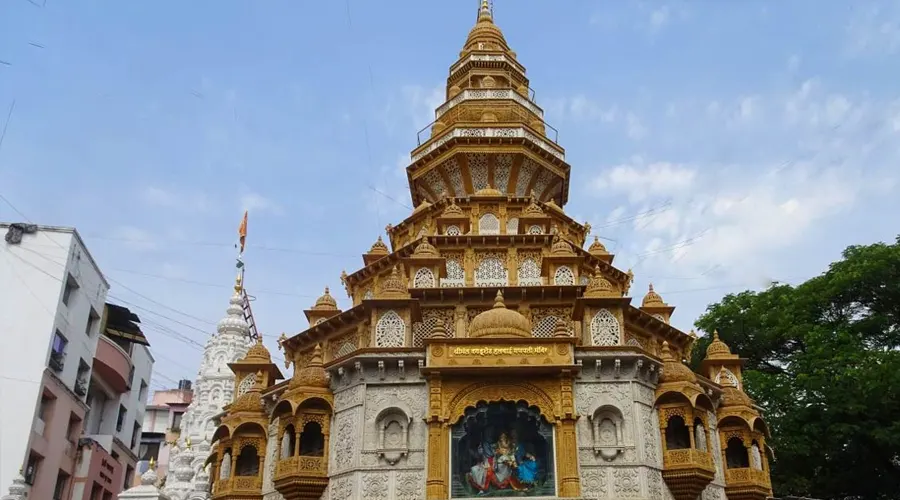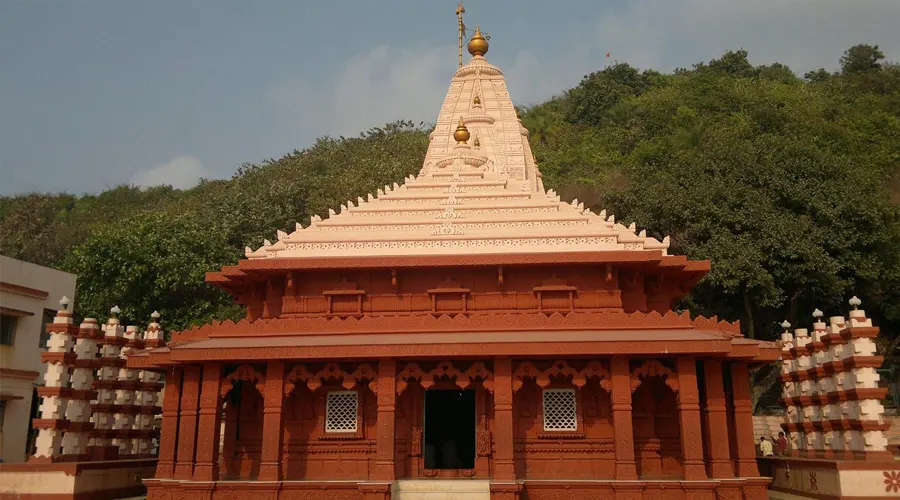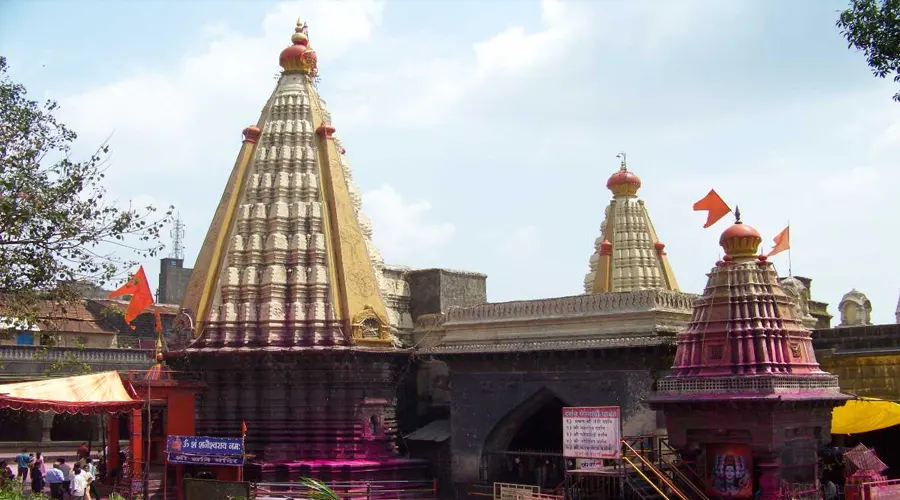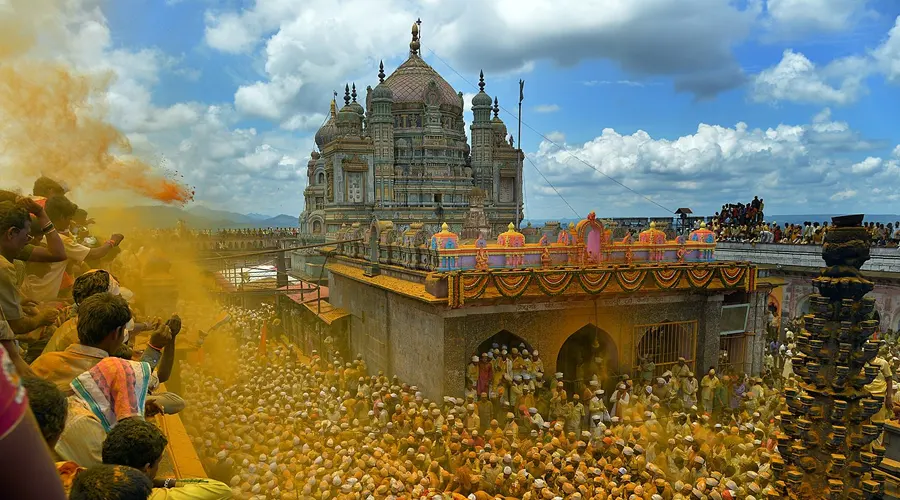Ajanta-Ellora Caves
One of the finest examples of ancient rock-cut caves is Ajanta and Ellora Caves located in Aurangabad. There are 29 Ajanta Caves and 34 Ellora Caves, all of which are designed beautifully with paintings and intricately carved sculptures and it is one of the best historical places in Maharashtra.
The caves are surrounded by dense forests, and the view outdoors as well as within the caves is one that you’ll fall in love with. An important site here is the Kailash Temple, the single largest monolithic structure in the world. All this makes the Caves a UNESCO World Heritage site.
History
Ajanta Caves date back to the time between the 2nd century BCE to 480 or 650 CE. Walter M. Spink, a famous history scholar, has stated that the caves were built in two phases (Satavahana Period and V?k??aka Period). Some of the caves were not completed and some only had their construction begun for a short time.
On the other hand, Ellora Caves happen to be younger and has its history dating back to the 5th and 10 centuries CE. The Ellora caves are divided into three parts – Hindu Caves, Jain Caves, and Buddhist Caves.
The site of Ajanta Caves was later abandoned and got covered in thick forest, until 1819 when a British officer rediscovered it. However, Ellora Caves have always had the attention it deserves. Today, the Ajanta and Ellora Caves combine to form a UNESCO World Heritage Site, as announced in 1983.
Key Attractions of Ajanta Ellora Caves
Ajanta and Ellora caves are architectural marvels that are inspiring and have a historic sentiment that cannot be dismissed. These caves are a treat to witness and are one of the most famous historical places in India. Here are the major attractions or places to visit at the Ajanta and Ellora Caves:
Ajanta Caves
Ajanta Caves consist of 30 rock-cut caves, showcasing some of the finest paintings and sculptures ever recorded in Indian history. When exploring this archeological gemstone, don’t miss visiting Cave 1, Cave 2, Cave 4, and Cave 17.
The vantage point across the river allows a lovely view of the surrounding, along with this horse-shaped historical region.
Cave 1: This is one of the most popular caves in Ajanta, as all the paintings are authentic. The grand doorway is adorned with Bodhisattva murals and the sidewalls depict two important phases of Buddha’s life (the moment before his enlightenment and when he turned himself into many images)
Cave 2: This cave’s main highlight is its ceiling, which has intricate abstract designs of devils, birds, fruits, and flowers.
Cave 4: This is one of the largest monasteries in Ajanta and still sparks magic, despite being an incomplete creation.
Ellora Caves
It is apparent that back in the past, there was harmony between Hindus, Buddhists, and Jains, considering the proximity of their religious buildings. Ellora Caves has 34 caves, each of which has its specialty. If time is a constraint, then you must make it a point to visit at least Cave 1, Cave 2, and Cave 16.
Cave 1: The cave is a simple vihara and features 8 monastic cells
Cave 2: Cave 2 has 12 ornate square pillars. Lord Buddha seated on a lion is yet another attraction. The doorway features an impressive carving of Maitreya Buddha, along with Padmapani holding a lotus.
Cave 16: One of the highlights of Ellora Caves, Cave 16 or Kailash Temple also happens to be an important pilgrimage spot for the followers of Lord Shiva. The gopurams of this architectural marvel signify Mount Kailash, the abode of Lord Shiva.


